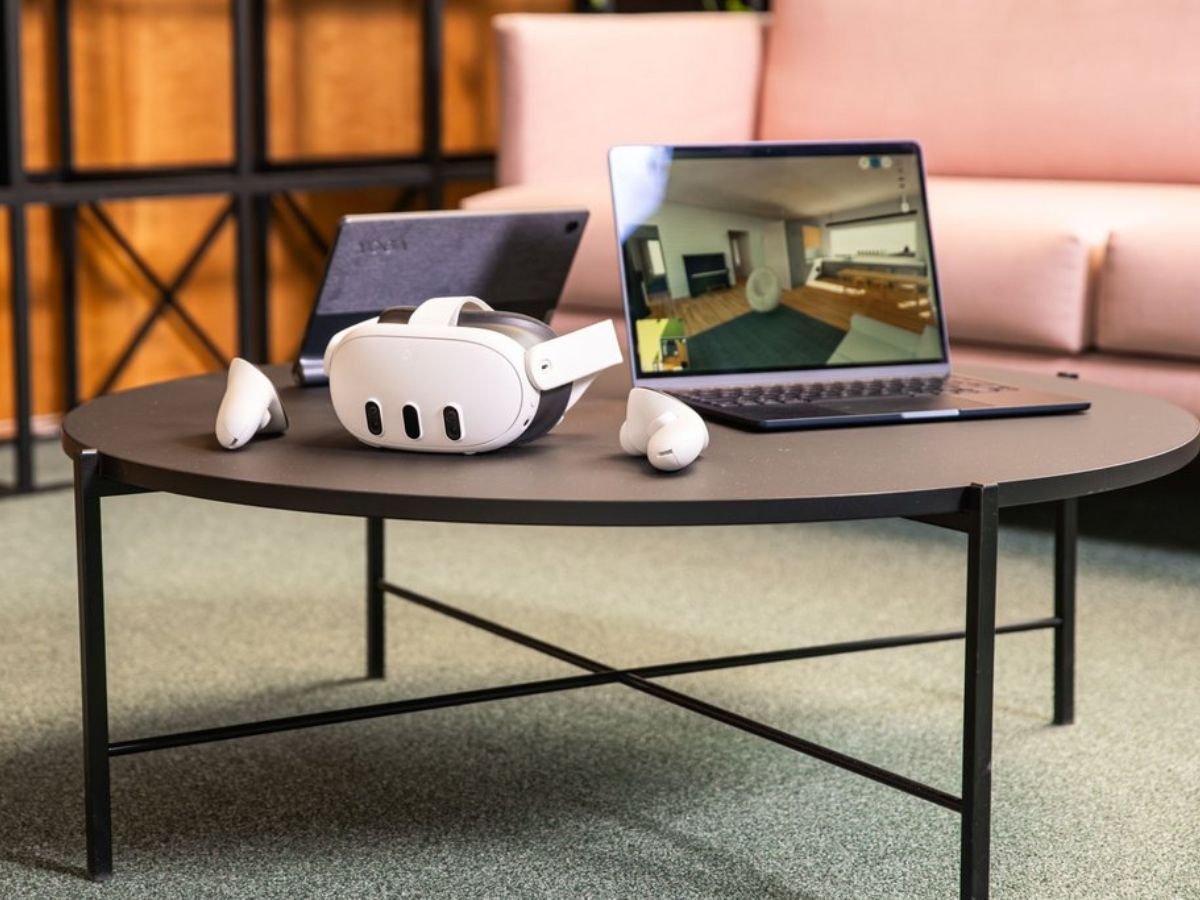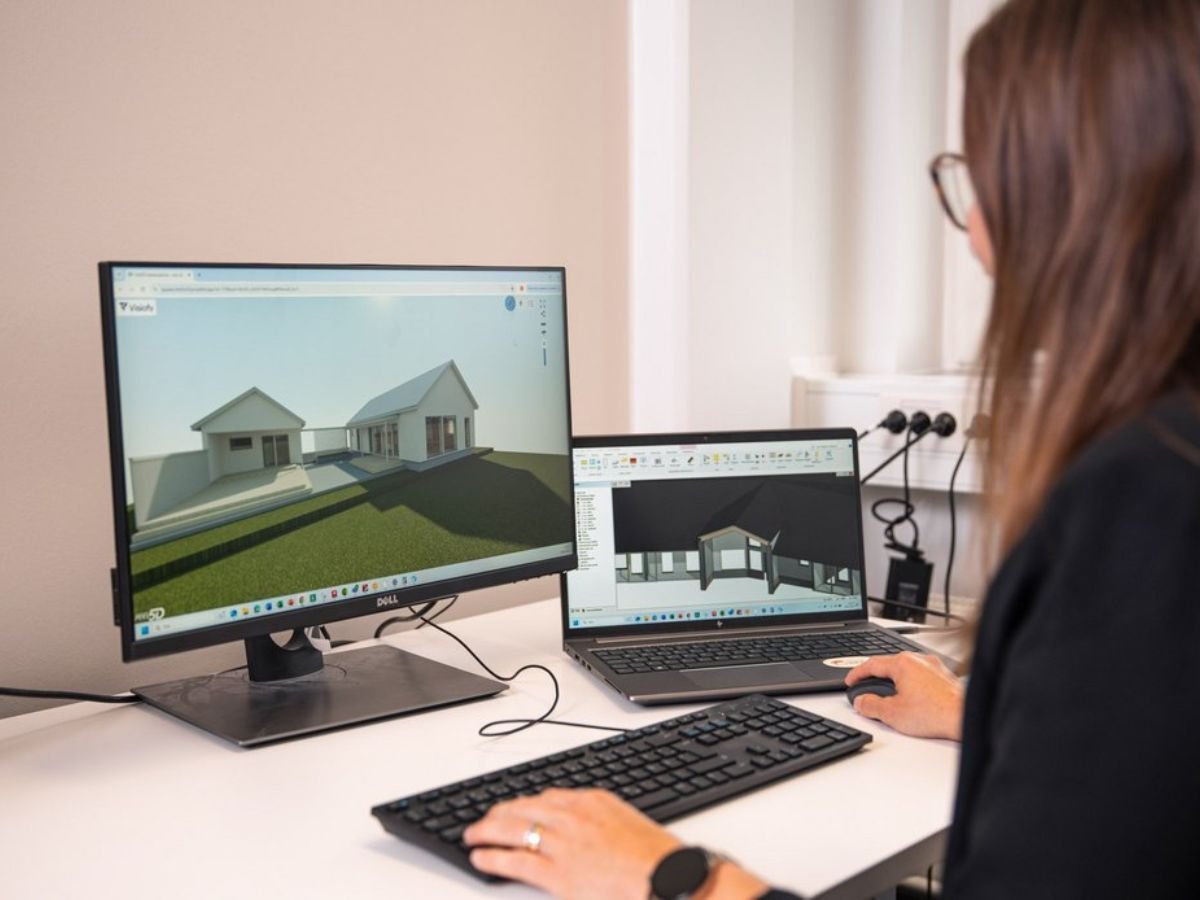
How to Present Architecture Projects Effectively
Great architecture doesn’t speak for itself — you do.
Whether you're pitching to a client, presenting in a crit, or submitting your portfolio to a firm, how you present your project can be just as important as what you designed. And while beautiful drawings matter, clear storytelling and immersive experiences are what actually help people connect with your work.
In this post, we’ll walk through how to present architecture projects more effectively — from structuring your narrative to adding walkable depth that makes your designs more memorable.
Start with a Story, Not a Floor Plan
Many architects start with diagrams or sections. That’s great for technical peers, but clients or juries often need a bit more context before they dive into detail.
Start Here:
-
What's the problem you're solving?
-
Who is it for?
-
Why this site, program, or idea?
Opening with a short narrative grounds the viewer in your intentions — and makes them more receptive to the decisions that follow.
More
Use a Clear, Visual Hierarchy
Once your story is set, your visuals should follow a logical, easy-to-digest path. Use graphic hierarchy to help your audience scan the page and understand what they’re seeing — even if they only glance for a few seconds.
Try this structure:
-
Hero image or render (set the atmosphere)
-
Key concept diagram (what’s your idea?)
-
Plans + sections (organized clearly, labeled simply)
-
Details and development (material studies, iterations, construction logic)
-
Human scale (contextual views, people, light, and movement)
Your layout matters too. Stick to clean grid systems and use white space to separate ideas and give your work breathing room.
Related read: Graphic Design Tips for Architectural Portfolios
Use Captions as Your Voice
You won’t always be there to explain your drawings in person. Well-written captions act like your voice on the page — guiding the viewer through your process.
Good captions are:
-
Short (1–2 lines)
-
Descriptive (what we’re seeing)
-
Purpose-driven (why it matters)
Example:
“View of the shared courtyard. Designed to balance privacy with neighbor interaction using staggered levels and sightlines.”
Bring It to Life with Walkthroughs
Still images are powerful — but in 2025, viewers increasingly expect more.
A virtual walkthrough transforms your project from a static set of drawings into an experience. Viewers can step inside, move through the space, and understand the flow, scale, and intent far more intuitively than from plans or perspectives alone.
Walkthroughs are especially effective for:
-
Off-plan residential designs
-
Client pitches or funding presentations
-
Job applications or portfolio websites
-
Showing spatial understanding without overexplaining
Tools like Visiofy let you link or embed a walkable 3D model right into your website or PDF — no coding or complex software required.
Learn how to get started: Getting Started with Visiofy: A Beginner’s Guide
See why walkthroughs stand out: [Virtual Walkthrough vs Render: What’s the Difference?
Bonus: Combine Formats for Impact
There’s no single "right" way to present — but combining different tools and mediums can strengthen your presentation.
Consider pairing:
-
A clean PDF portfolio
-
A project page on Behance, Issuu, or your own website
-
An embedded or linked Visiofy walkthrough
-
Supporting text or QR codes that connect each format
For more platform tips: Best Platforms to Build and Share an Architecture Portfolio
Final Thoughts
Presenting your architecture project is more than just showing drawings — it’s about building a narrative, organizing visuals with intention, and giving your audience a way to engage with the design on a deeper level.
Whether it’s a job interview or a competition jury, clarity, structure, and spatial storytelling are what make your work unforgettable.
For more layout tips: Graphic Design Tips for Architectural Portfolios
For cover inspiration: Architecture Portfolio Cover Ideas (Your Starting Point
Want to dive deeper into portfolio strategy? Read: The Ultimate Guide to Creating a Stunning Architecture Portfolio


